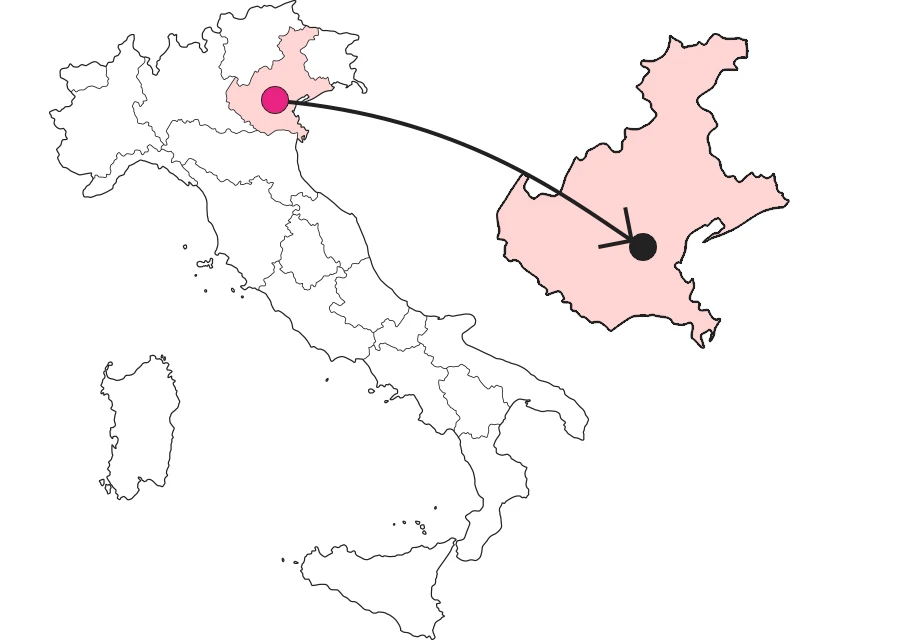SHARRYLAND


Cittadella: walk back in history on the Medieval battlements
Like a ring, ancient walls embrace a lovely village


Where is

What it is and where it is
The Ronda Walk is a nearly two-kilometer walkway at a height of 15 meters above the walls of Cittadella. Cittadella was erected by the Carraresi, lords of Padua, in 1220 and is one of the most beautiful fortified cities in Europe, the only example with an elliptical shape that is completely walkable. Along the walls soar 36 towers of various sizes placed about 40 meters apart. The walls have almost no foundations, and the embankments inside and outside them provide support. All around is a wide moat of resurgent water. Suggestive is the lighting at night.
Why it is special
We arrive at Porta Bassanese, which, at 30 meters high and no less than 5 defensive arches, is the most imposing of the four gates to the city. From here we ascend to the walkway and, like the lookouts of ancient times, we walk along the narrow walkway overlooking the battlements and climbing the highest towers. From above, we admire the city within the walls and its Roman-derived urban design; all around is the countryside and, on clear days, we can even see the Euganean Hills, the Berici Mountains and the Pedemontana del Grappa. Let us be seduced by the medieval atmosphere in the frescoed hall of the Casa del Capitano della Guardia, or by the view from the top of the Belvedere, over the massive Tower of Malta, almost thirty meters high.
Not to be missed
Particularly impressive are the nighttime openings, with the walkway illuminated by candles and lanterns and the streets of the center enlivened by music and stalls, or the romantic summer sunsets, when the air becomes cooler and the sun hardens the city.
A bit of history
"Feltro will still mourn the difalta / de l'empio suo pastor, che sarà sconcia / sì che per simil non s'entrò in malta." Dante mentions the Tower of Malta in the Divine Comedy (Paradise, Canto IX): leaning against Padua Gate, it was originally a terrible prison built in 1251 by the ruthless tyrant Ezzelino III da Romano to lock up enemies. It is said that, once captured, prisoners ended up in the basement of the tower where they died of cold and starvation.
Trivia
The symbol of the Carraresi, a large chariot painted red, can still be seen on the inner side of Porta Bassano and the outer side of Porta Padova.
Enter the Map of Italy's Undiscovered Wonders and find treasures where you least expect it... Inspire, Recommend, Share...
Collections
The Map thanks:
Enter the Map of Italy's Undiscovered Wonders and find treasures where you least expect it... Inspire, Recommend, Share...
Where is

Collections

